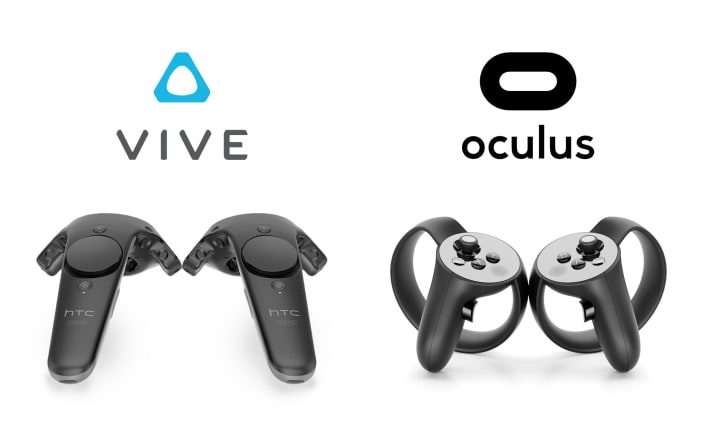The Current State of Virtual Reality
Is the VR industry alive and well?

Picture this: You're in your bedroom when suddenly you're teleported to another dimension, that of which has never been seen in your day to day life before.
That is the beauty of virtual reality.
You see, years ago, virtual reality was an idea that was seemingly far beyond the scope of the near future, and seemed more like the plot device of a sci-fi film rather than an actual tangible product.

In 2012, Oculus cemented the future of virtual reality as a consumer product with their record-breaking $2.4 million dollar Kickstarter campaign. Just two years after their industry rattling overnight success, Facebook announced the acquisition of Oculus for a stunning $2 billion dollars.
Nowadays, VR isn't such a novel concept, as there are a number of mediums that users can seek out to sate their thirst for virtual reality. The reason as to why it is no longer such an outlandish idea is due in part to a couple of things:
- The price for entry has dropped steeply, as users can try VR for anywhere between $20-$600 on average.
- The raw selection of different headsets to choose from (Oculus Rift, HTC Vive, PSVR, Google Cardboard, Zeiss One, & various Windows Mixed-Reality headsets, just to name a few).
The market seems to be thriving and growing, so why poke problems into it?
The problem lies with exclusivity.
Over the years, software (games mostly) has developed from little more than tech demos, to fully-fledged AAA titles. With progress comes issue though. Unfortunately, a divide has formed as more games have been released for the now 3 main VR headsets (Oculus, HTC Vive, & PSVR respectively).

So is this a problem?
Yes & no.
You see, it can be argued that with a clear winner in terms of value, and performance, there can be no competition. In order to have a thriving and actively innovating market, competition is needed to stoke the flames of change, but without that, complacency sets in.
On the other hand though, it does make sense as to why differences are needed to highlight the strengths of each product. For example, despite the Vive having more native gaming support (since Valve worked in accordance with HTC), via SteamVR, there are core differences that one may want to look at. Case and point, the controllers. Given the idea that VR is to be used to experience some of the more immersive sides of video gaming, it would ring true that having ergonomically fitting controllers would seem logical.
You'd want the peripheral to be form-fitting and intuitive, and not just a simple extension of your hand.

So while exclusivity may be the eventual downfall of the virtual reality industry, only time can tell how the consumer market responds to the gap forming between tech-miracles and software.






Comments
There are no comments for this story
Be the first to respond and start the conversation.